
[298] Recurvirostra avosetta, Avocet
Introduction
Recurvirostra avosetta, the Avocet, is an unusual wading bird that has been adopted by the RSPB for its logo. They became extinct in Britain around 1850 but started to reappear about a hundred years later and now breed regularly at several sites.
There are four geographically separate species of Recurvirostra called Avocets, so ours has the formal name Pied Avocet, but in this country, we just call it an Avocet.
Taxonomy
Kingdom – Animals
Phylum – Chordates
Class – Aves (Birds)
Order – Charadriformes
Suborder – Charadrii
Family – Recurvirostridae (Avocets and Stilts)
Genus – Recurvirostra
Scientific Name – Recurvirostra avosetta
Name
Avocet comes via French from the Italian avocetta or avosetta, possibly coming as a diminutive of the Latin avis, bird. Another possible etymology comes from their resemblance to European lawyers (advocates) wearing black and white outfits. The species epithet is a Latinized form of the common name.
If you can’t work out recurvi-rostra by now, then I must have been wasting my time with my lessons in etymology.
Description
The unusual thing about Avocets is their upward curving bill. (There’s a hint about recurvi-rostra there.) They eat small crustaceans and insects, generally searching for their food by sweeping from side to side with the bills underwater in saline or brackish water.
They are white with black markings.
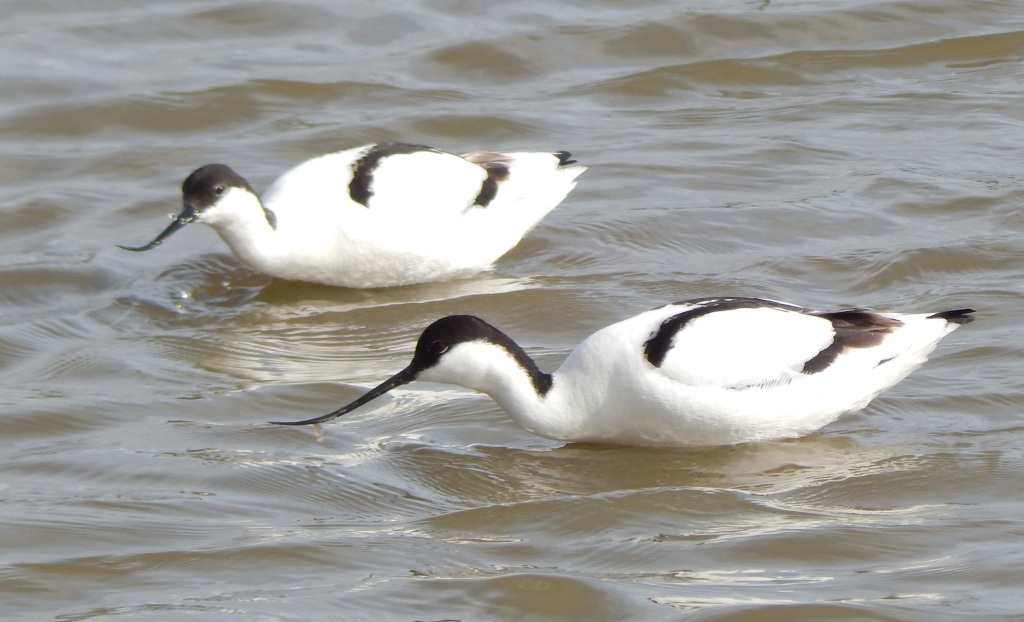
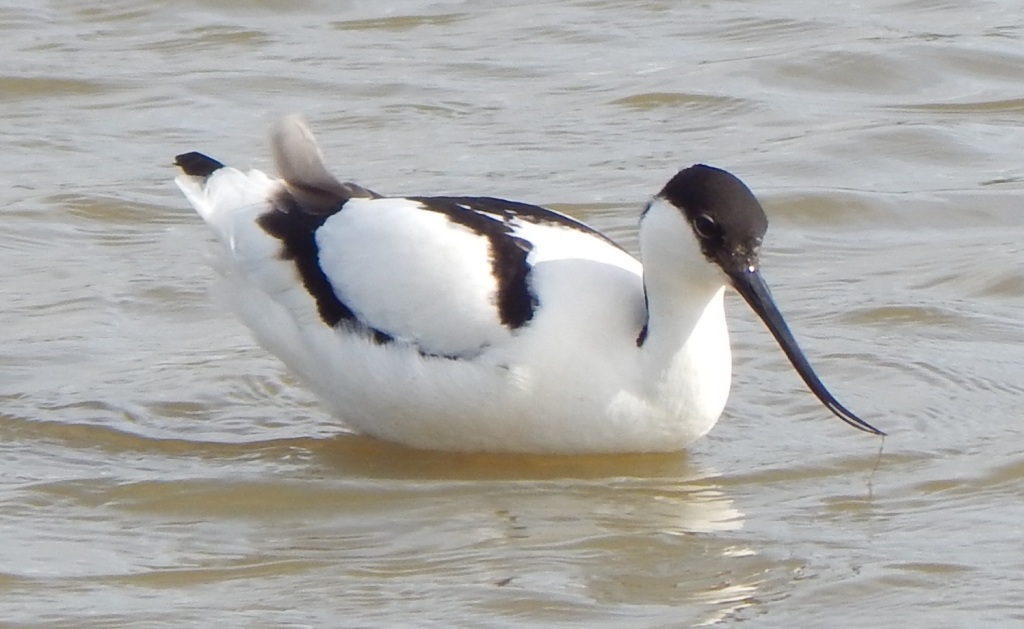
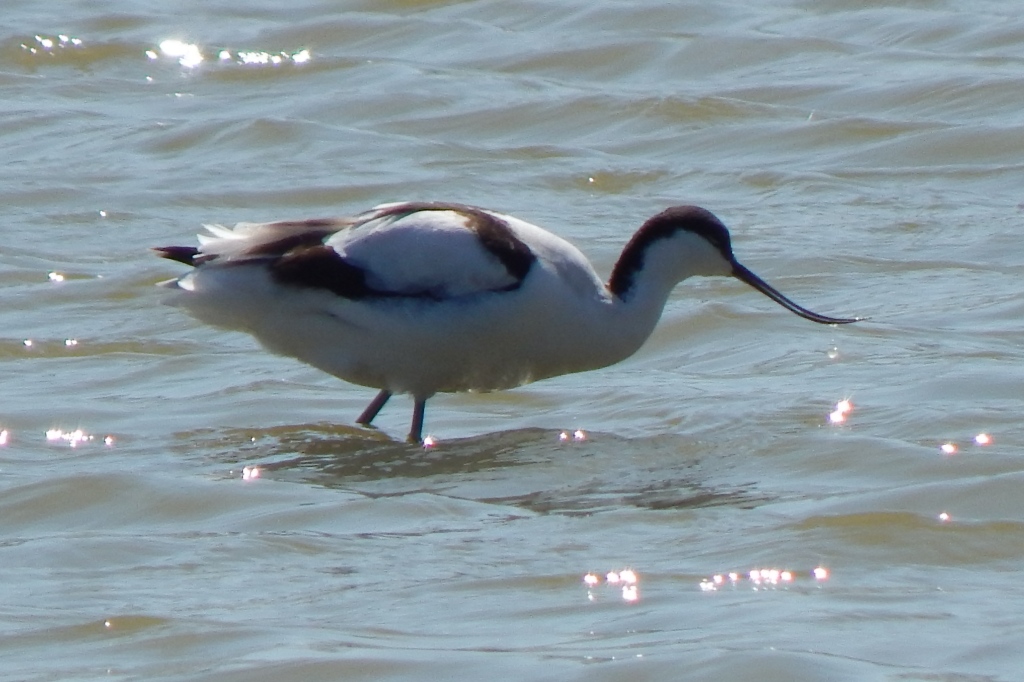
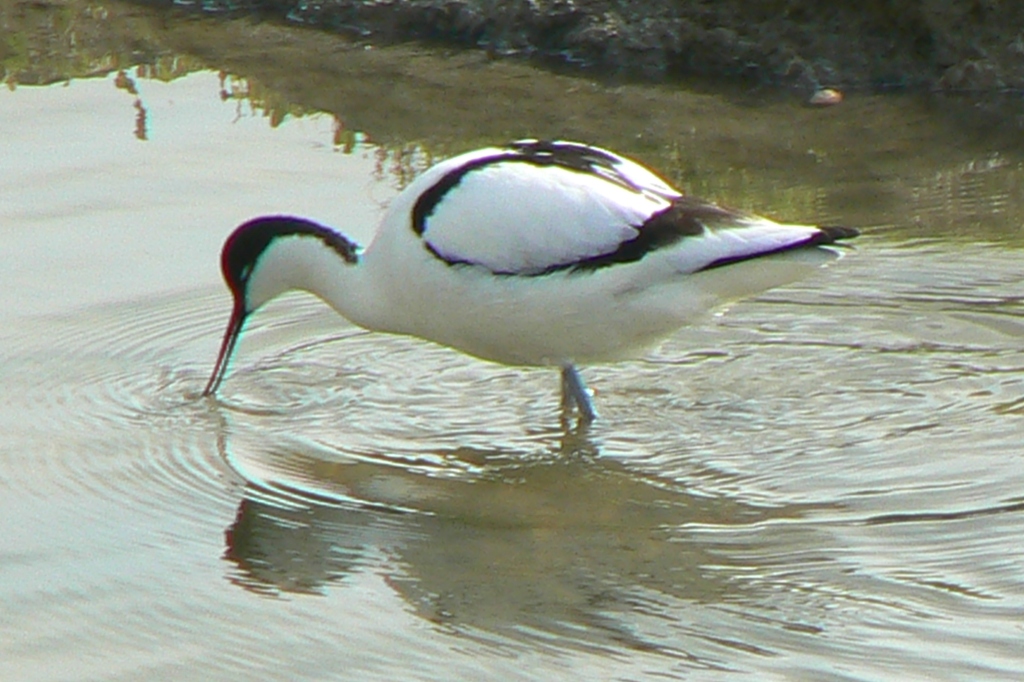


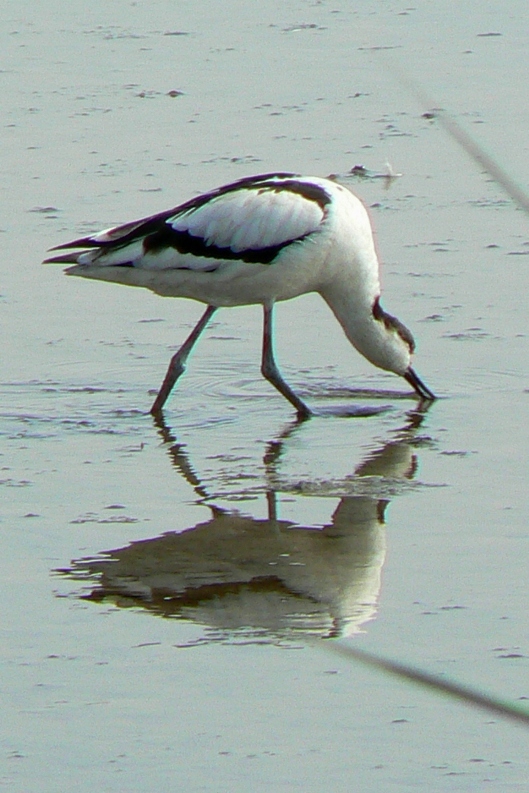
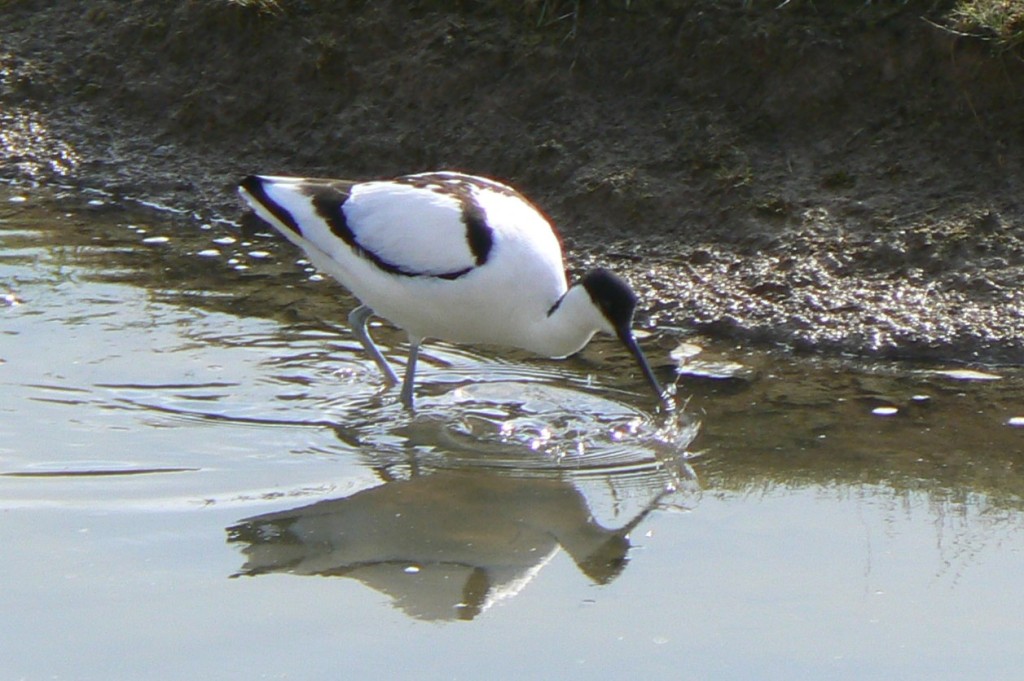
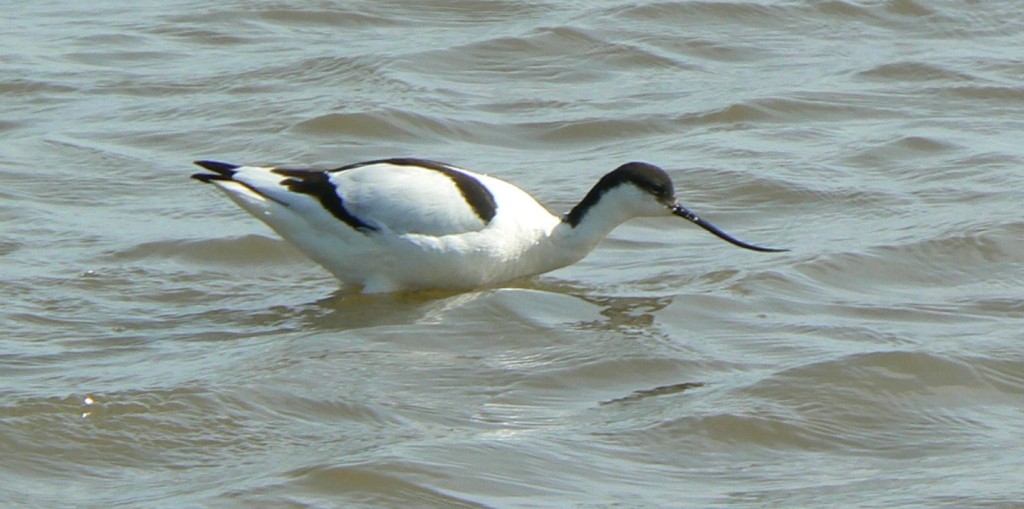
Avocets disappeared from Britain in the mid-Nineteenth Century, partly because land reclamation destroyed their habitat but also because of skin and egg collectors. Just after World War II they started breeding on reclaimed land near the Wash that had been returned to salt marsh to prevent German invaders from landing. They now breed at several sites in Norfolk and have spread to other wetland sites. They nest on the ground in loose colonies near estuaries or mud flats.

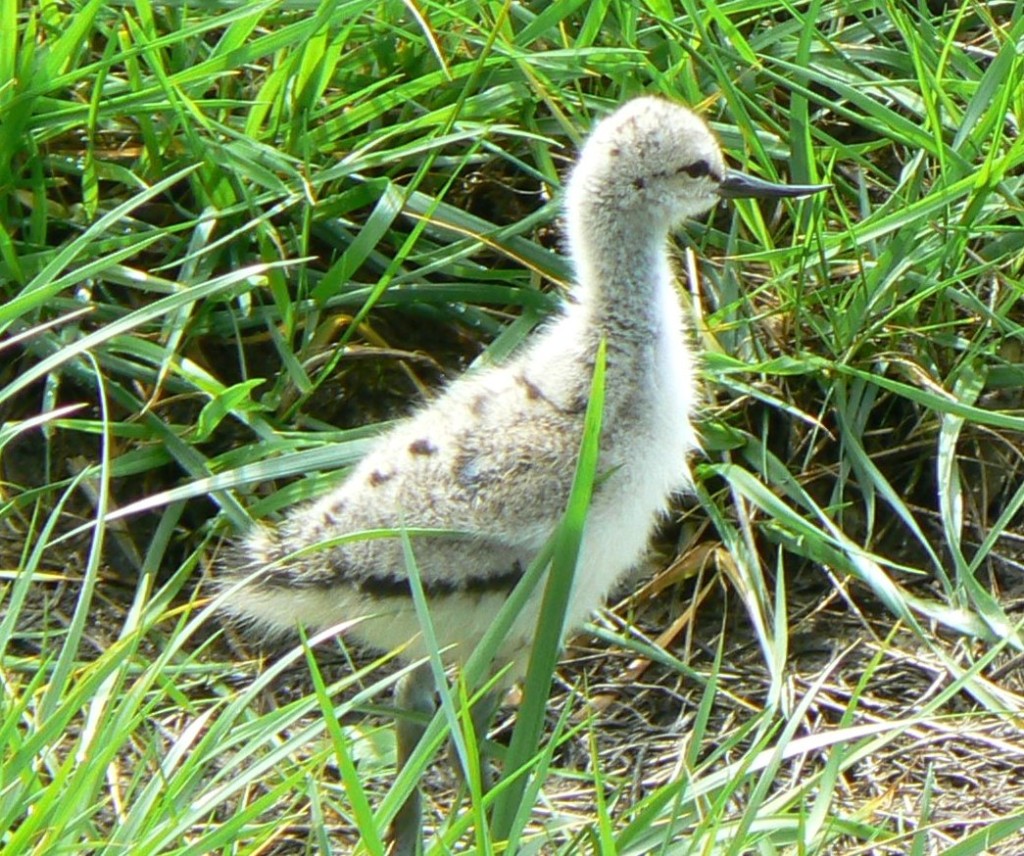
They are very territorial, especially when looking after their young. At nature reserves I may see many species of wading birds that generally ignore each other but if there are any Avocets, they will chase away other species from their little patch.
Habitat
Recurvirostra avosetta has an area where it is resident along eastern Africa. Other populations breed across temperate Asia and winter around the edges of India and northern Africa. It also has pockets of resident location across the Middle East and around the coasts of temperate Europe. It now has scattered areas of residence across England, Wales and Scotland, concentrated around East Anglia.
The other three species of Recurvirostra come from Australia and the Americas.
They like salty or brackish wetlands such as mudflats, estuaries and the sea shore, where they may be seen in flocks.
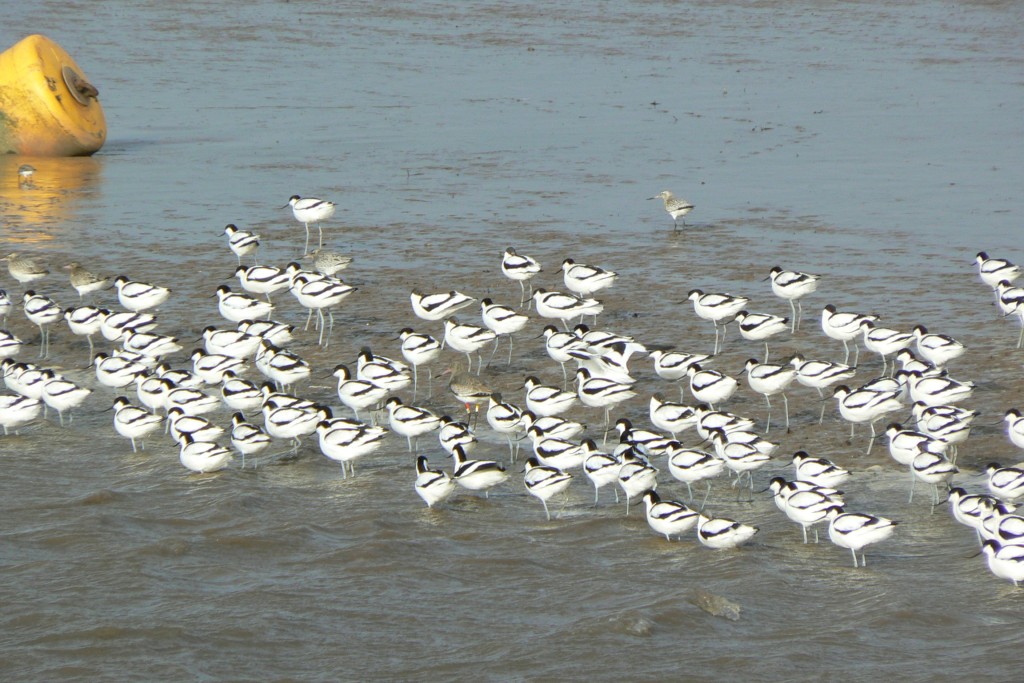
Other Notes
Apart from Norfolk (well-known among birdwatchers as the best place to see almost any birds,) my first sightings of avocets, and most of the pictures here, come from Upton Warren in Worcestershire. It’s an unusual inland site because it has lakes fed by mineral water from underground so the lakes are saline. I used to visit there regularly and see nesting Avocets before they were seen at other inland sites.
They are now beginning to nest at Slimbridge.
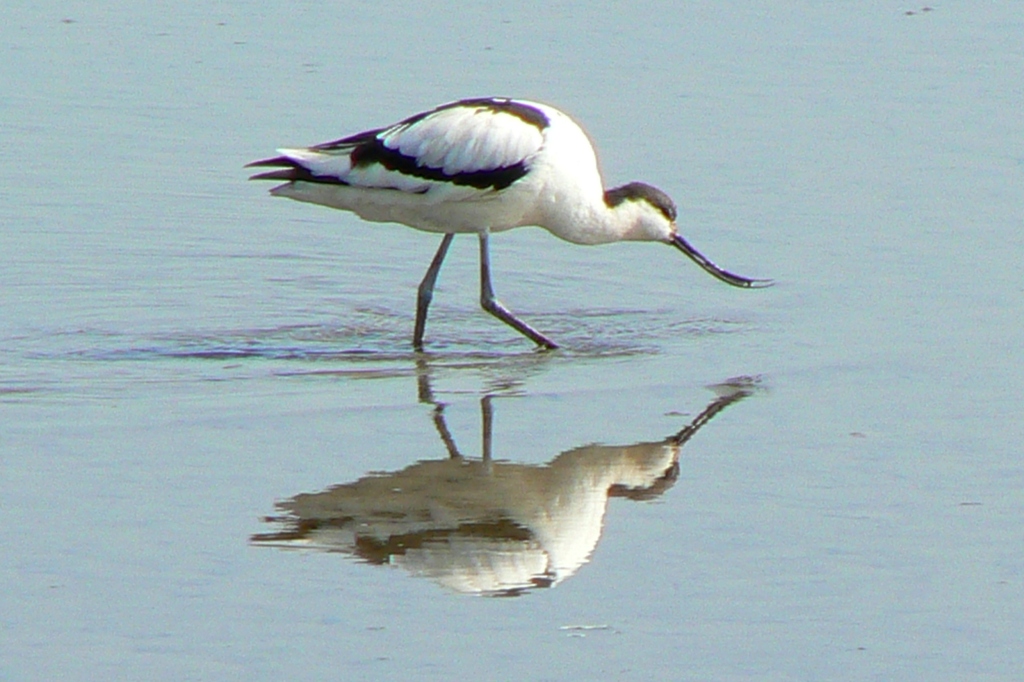



See also
Recurvirostridae is a very small family. Apart from four species of Avocet it only contains about four species of Stilts. (You should know by now, When I say ‘about,’ not everyone agrees about whether a species is a species or a subspecies.)
(Black-winged) Stilts, Himantopus himantopus, are small black-and-white waders with long straight black bills and very long red legs. They are very rare vagrant visitors in the UK.
